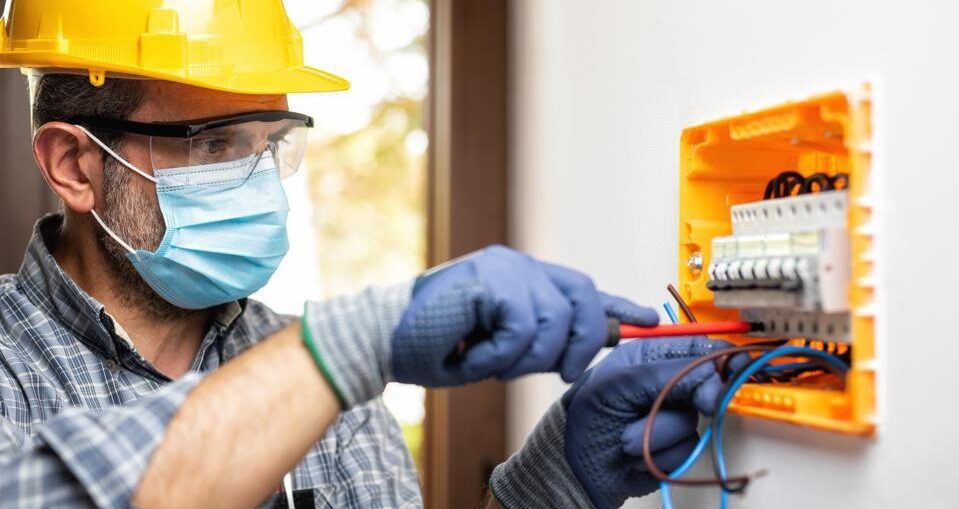
Are you worried about the safety of your property? Do you want to take matters into your own hands and design a security system that fits your specific needs? Look no further than a DIY security system. Not only is it customizable, but designing security systems is also cost-effective and easy to install. But how do you design one for your property?
First, assess the specific needs of your property. Do you have multiple entry points? Are there certain areas that require more surveillance than others? Think about what you want to monitor and where you want to place cameras or sensors.
Next, consider the type of system you want. Do you want a wired or wireless system? Wired systems are more reliable but can be difficult to install, while wireless systems are easier to install but may have connectivity issues.
Once you have an idea of what you need and the type of system you want, do some research on DIY security systems. Look for reputable companies with good customer reviews and compare prices. Many companies offer customizable packages so you can choose exactly what you need without paying for unnecessary extras.
Finally, when it comes time to install your system, follow the instructions carefully and take your time. Make sure everything is properly connected and test the system before relying on it completely. With a little bit of planning and effort, designing a DIY security system for your property can give you peace of mind knowing that your home or business is protected.
What is Traditional Alarm System?
The traditional alarm system design refers to the type of security system that requires a connection to a landline for communication with the monitoring center. This design has been around for many years and was considered the norm for home security. However, as technology has advanced, alternative options have become available, including cellular or internet-based connections.
While the traditional alarm system design may still be effective, there are drawbacks to relying solely on a landline connection. One major issue is that landlines can easily be cut by intruders, rendering the alarm system useless. In addition, more and more homeowners are ditching their landlines altogether in favor of mobile phones, making it difficult for monitoring centers to reach them in case of an emergency.
Fortunately, modern technology has provided us with other options for home security. Cellular and internet-based connections offer reliable and secure ways for your alarm system to communicate with the monitoring center.
Visit site to find get some ideas for designing a security system for your property.
